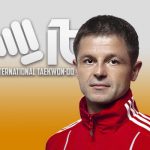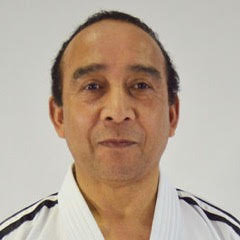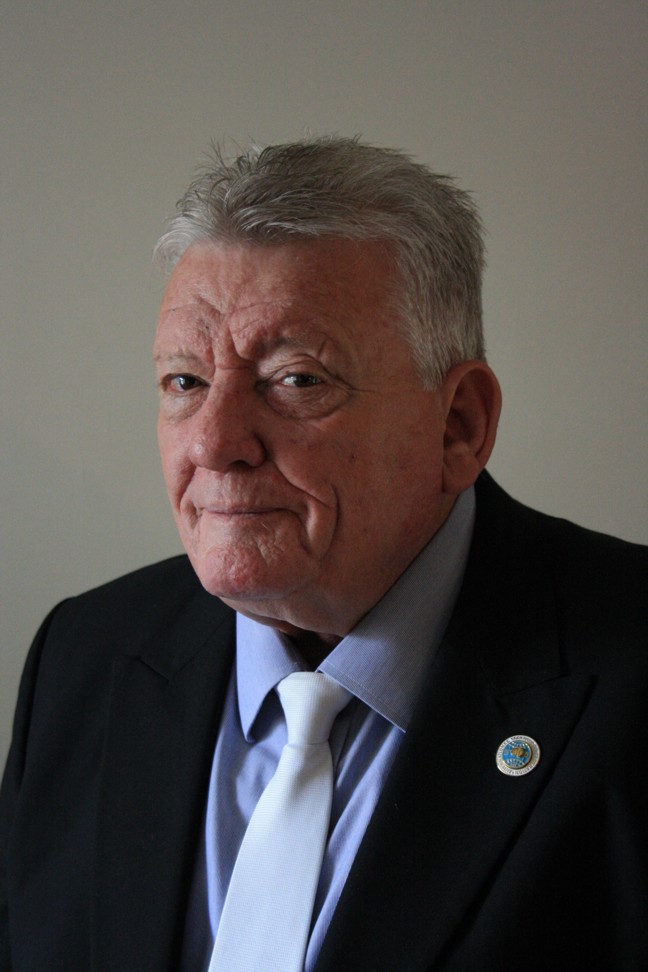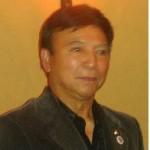 Grand Master Wijnand Tapilatu
Grand Master Wijnand Tapilatu
Netherlands
Inducted on: 26-05-2015
Best Student’s Achievements:
1) Ms. Bianca Tapilatu – 2 times Individual Senior World Champion – 2001 – Rimini, Italy, 2009 – Buenos Aires, Argentina
2) Master Stephen Tapilatu – 2 times Individual Senior World Champion – 1994 Kuala Terengganu, Malaysia,
3) Mr. Patiparu Tapilatu – 1 time Individual Senior World Champion – 1994 Kuala Terengganu, Malaysia,
4) Mr. Jango Tapilatu – 1 time Individual Senior World Champion
5) Mr. Richard Sie – 1 time Individual Junior World Champion: 1995 – Warsaw, Poland
 Master Jarosław Suska, Poland
Master Jarosław Suska, Poland
Master Jarosław Suska, Poland
Inducted on: 26-05-2015
(6 times Individual World Champion in pattern 4th- 6th Degree: 2013 – Benidorm, Spain, 2011 – Wellington, New Zealand, 2009 – Mar Del Plata, Argentina, 2007 – Quebec, Canada, 2005 – Dortmund, Germany, 2001 – Rimini, Italy)
 Grand Master Jerzy Jedut
Grand Master Jerzy Jedut
Master Jerzy Jedut
Poland
Best Student’s Achievements:
1) Mr. Jarosław Suska, (6 times Individual World Champion in pattern 4th- 6th Degree: 2013 – Benidorm, Spain, 2011 – Wellington, New Zealand, 2009 – Mar Del Plata, Argentina, 2007 – Quebec, Canada, 2005 – Dortmund, Germany, 2001 – Rimini, Italy)
2) Mr. Daniel Działa (2 times Individual Senior World Champion up to 80 kg: 2005 – Dortmund, Germany, 2003 – Warsaw, Poland)
3) Mr. Miłosz Moskaluk (Individual Senior World Champion up to 54 kg: 2001 – Rimini, Italy)
4) Ms. Ilona Działa (Individual Senior World Champion up to 58 kg, 2011 – Wellington, New Zealand)
5) Ms. Anita Pasek (Individual Senior World Champion in special techniques: 2003 – Warsaw, Poland)
6) Mr. Mariusz Wałach. (Individual Senior World Champion in 3rd Degree pattern: 2003 – Warsaw, Poland)
7) Ms. Lyndsey Conway (Individual Senior World Champion in sparring up to 68 kg, 2013 – Benidorm, Spain)
8) Ms. Beata Bocian (Individual Junior World Champion in power test – 2000 – Phenian, North Korea)
9) Ms. Justyna Szajuk (Individual Junior World Champion in sparring up to 50 kg, 2011 – Wellington, New Zealand)
10) Ms. Zuzanna Gadzała (Individual Junior World Champion in special techniques, 2013 – Benidorm, Spain)
 Julia Cross MBE, Scotland
Julia Cross MBE, Scotland
Julia Cross, Scotland
(6 time Individual World Champion – 1999 – Buenos Aires, Argentina /58kg sparring, 2003 – Warsaw, Poland /58kg sparring & 3rd degree patterns, 2005 – Dortmund, Germany /58kg sparring & 3rd degree patterns, 2007 – Quebec, Canada /58kg sparring. In the years 2003 & 2005 best overall female of the World Championships.


 Honorable Grand Master Thomas MacCallum
Honorable Grand Master Thomas MacCallum



 Russel MacLellan, Canada
Russel MacLellan, Canada

 Grand Master Willem Jacob Bos
Grand Master Willem Jacob Bos



 Grand Master Nguyen Van Binh
Grand Master Nguyen Van Binh

 Mihai Madaian, Romania
Mihai Madaian, Romania

















